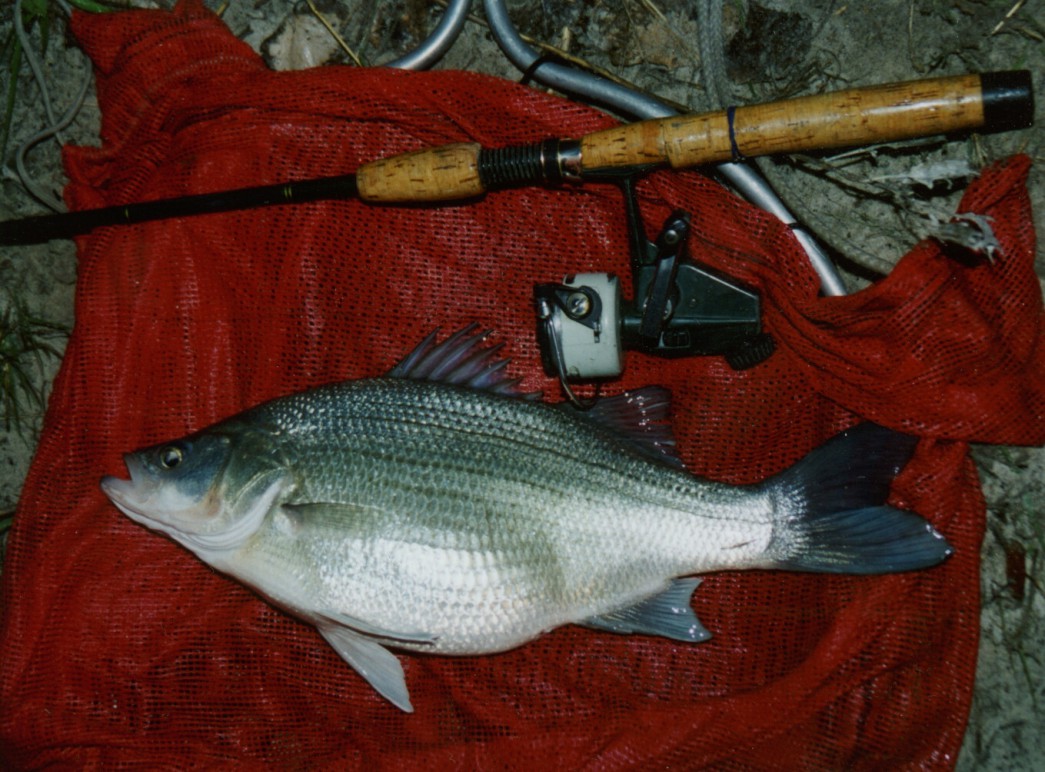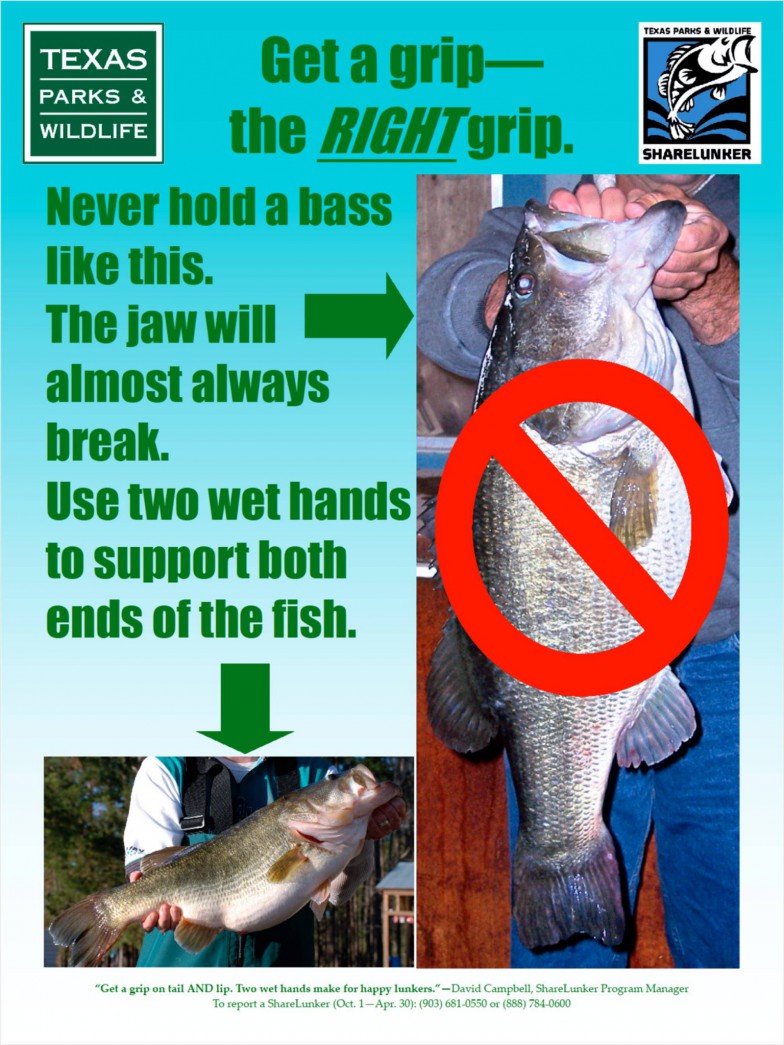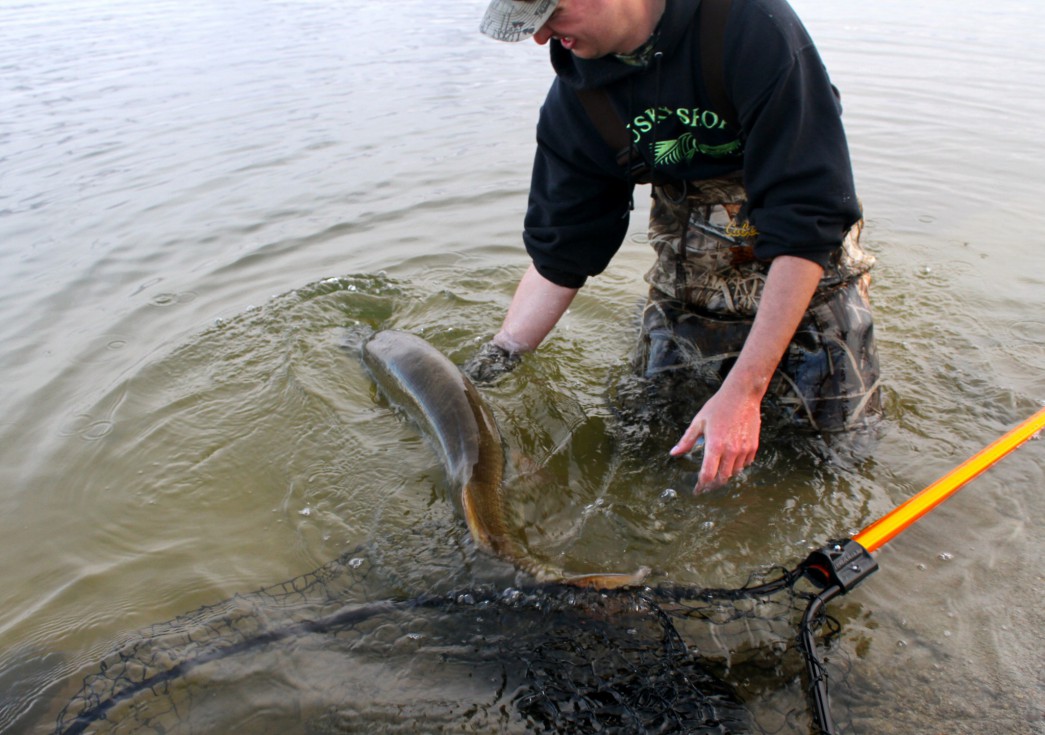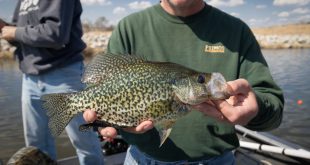Buried deep in the volumes of Nebraska State Statutes, Chapter 37, you can find this:
37-542. Fish unlawfully taken; duty of angler.
All fish which cannot lawfully be taken shall be returned to the water at once with as little injury as possible, if taken, and before removing or attempting to remove such fish from the hook it shall be the duty of the angler to first wet his or her hands.
Now, some will immediately throw up a red flag and tout this as an example of frivolous rules and regulations promulgated by out-of-control, bureaucratic governments, and they may be right. However, it should be noted that we do not have conservation officers, state patrol men and women, nor county Sheriffs roaming the state writing pretty pink tickets to anyone who might abuse a fish that is to be released.
And, being the pointy-headed fisheries biologist that I am, I think such a statute was a very good idea when some state legislator came up with it because, well. . . . fish are slimy!
Yep, every fish produces a mucus coating that protects their skin and scales. Call it “snot”, “slime”, whatever you wish; some species have more than others, but they are all slimy. That slime coat is very important to their survival. The slime lubricates the fish for easier passage through the water, and it aids in fending off parasites and diseases, and in the healing of injuries.
Thus the reasoning behind proper handling and “the duty of the angler to first wet his or her hands”.
But isn’t that counter-intuitive? If a person wets their hands before handling a fish, doesn’t that make it even more difficult to handle a slimy fish? It might, but that is the best way to protect the slime coat on a fish’s body. That is why it distresses this pointy-headed fish biologist to see pictures of fish that have been mis-handled and have had their slime coat removed. Many of those fish were released and the anglers believed they were doing their best to give them a chance to survive, but even if they swam off, a fish with its slime coat removed, scales and skin damaged, may very well perish days later.
I would show you some horrendous examples, photos of fish that were rolled in grass, sand, mud, leaves, etc. before having a photo snapped and then released. But I will not show any of those because I do not want to embarrass anyone. A fishing buddy of mine calls ’em “shake and bake” fish pictures. You know what I am talking about.
By the way, allowing fish to flop in the bottom of a boat is no better.
The best way to handle fish is to keep them in the water as much as possible. Years ago I would have told you that landing nets were very hard on the slime coat of fish, and if you intended to release a fish you probably should not put them in a landing net. I would tell you the complete opposite now. There are many landing nets currently on the market that have rubber mesh, rubber-coated knotless mesh, fine soft mesh, or some other kind of mesh material that makes them easy on the fish and one of the best tools for handling fish that are going to be released. If you want some examples of fish-friendly nets, here are a few, Frabill Conservation Series Nets, StowMaster Nets, Orvis Nets. With a landing net, once the fish has been put in the net, the net and fish can be left in the water for hook removal. Then anglers can get the camera ready, lift the fish, snap some photos, and then release the fish, ASAP in excellent condition, with the best possible chance to survive.
Another option is one I have seen used by anglers “across the pond”. In Europe, carp anglers are fanatical about proper handling of caught and released fish. Some of their trophy common carp have been caught and released over and over again and lived dozens of years in the process. Those anglers have developed a whole line of specialized mats, bags, cradles and even “cots” for handling of fish (e.g. DragonCarpDirect). Those products would work just as well in the good ole U.S. of A.! If you do not want to order something that specialized or do not want to wait for it to ship from overseas, a soft-mesh laundry bag can work in a pinch; just make sure to keep it clean and get it wet!
Gloves are another piece of gear I like to have with me for handling fish. Yes, gloves absolutely can remove the slime coat from fish, so make sure they are wet. The biggest benefit from gloves is protecting your hands and keeping a firm grip on the fish. A fish that spines, bites or cuts you then escapes your hold to be dropped to the floor or ground is not handled nearly as well as one that does not. Again there are a number of brands available, choose your favorite, Rapala, Lindy, Stormr, Sea Grip.
And remember, horizontal holds are best!
 Nebraskaland Magazine
Nebraskaland Magazine







